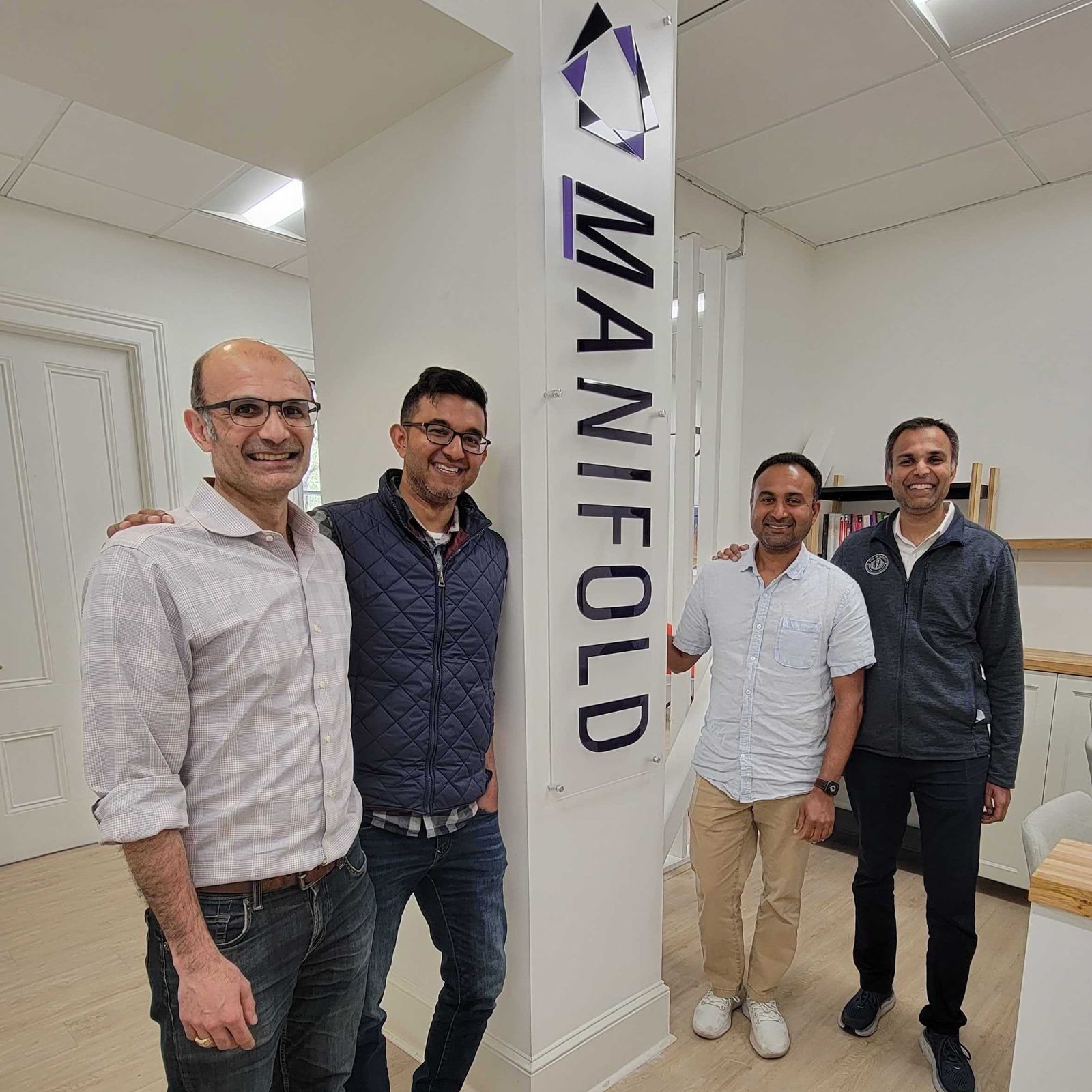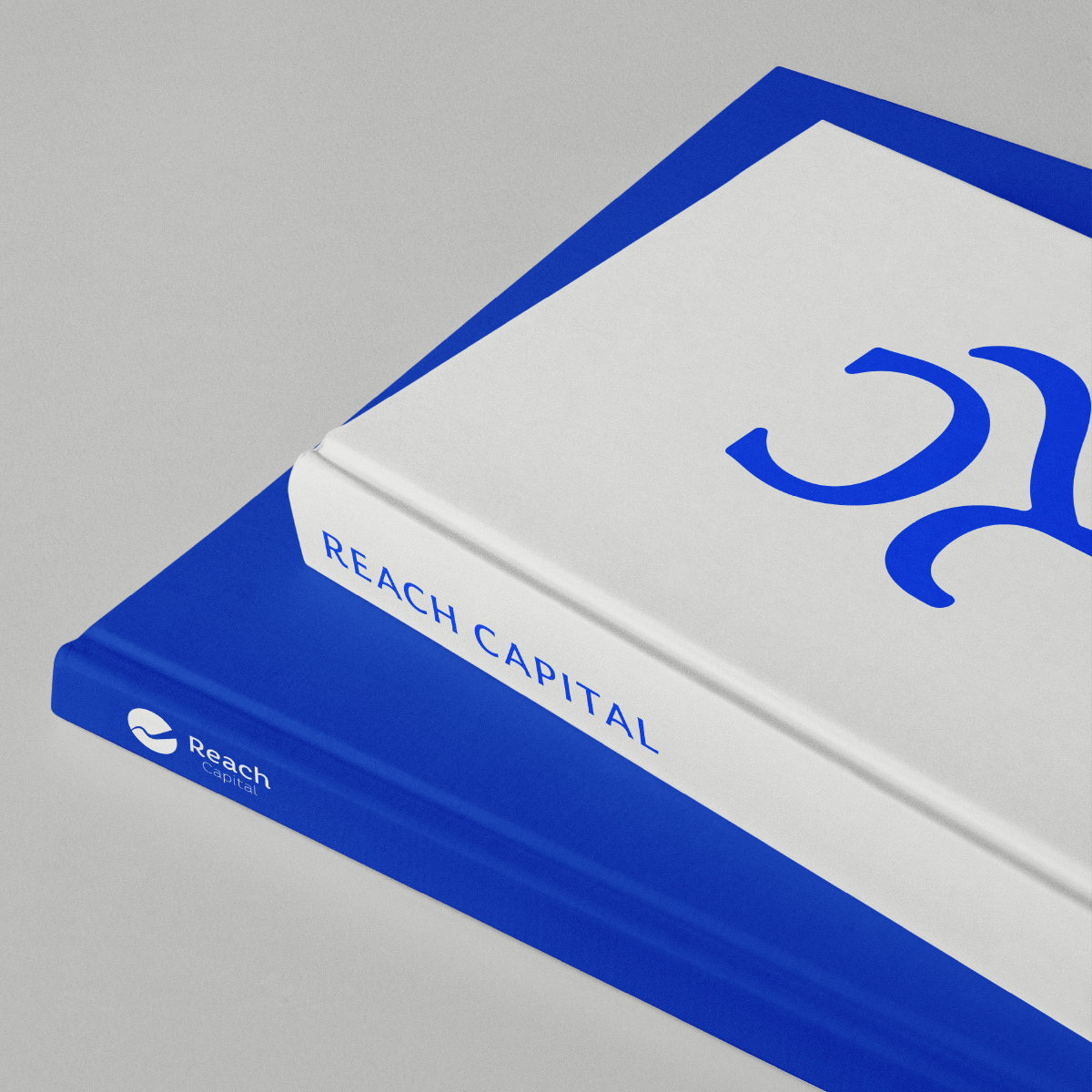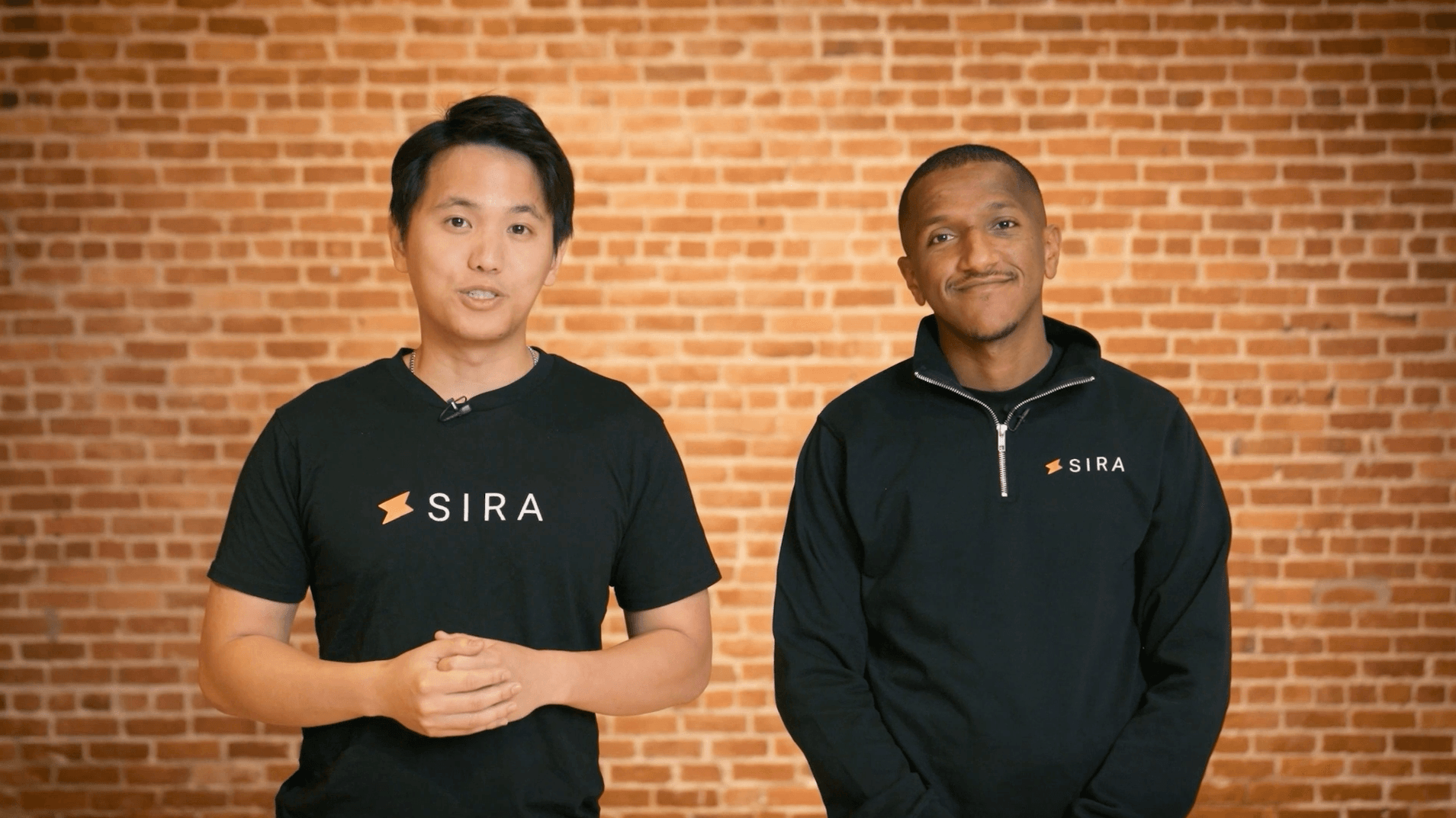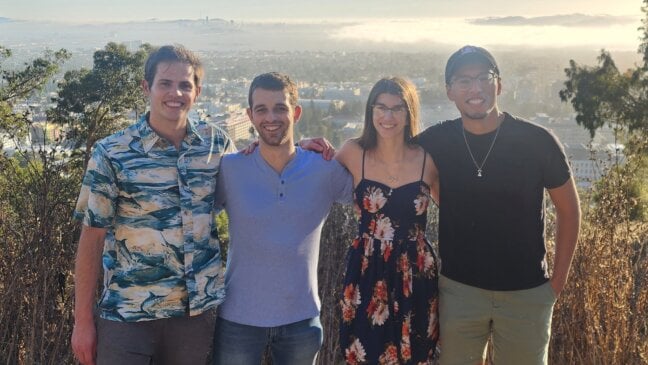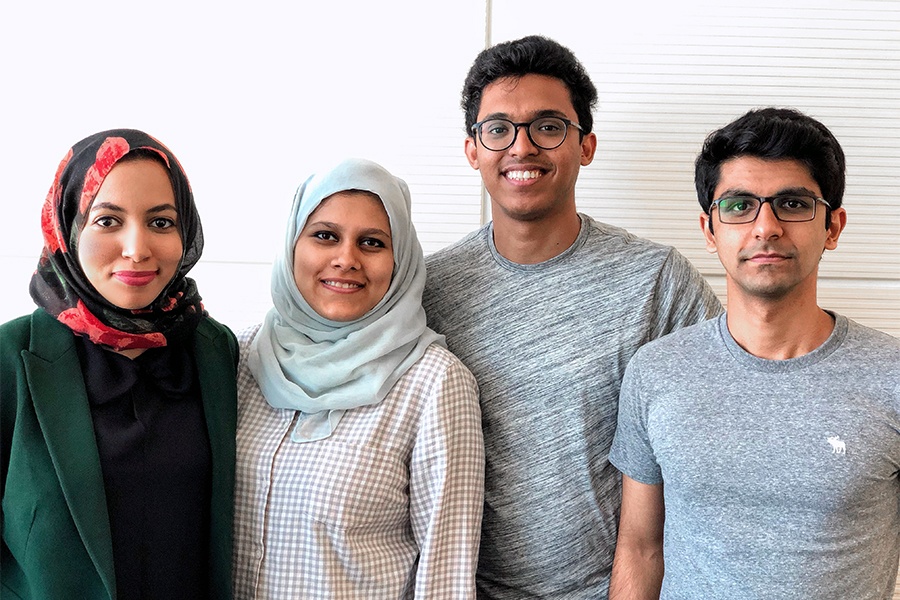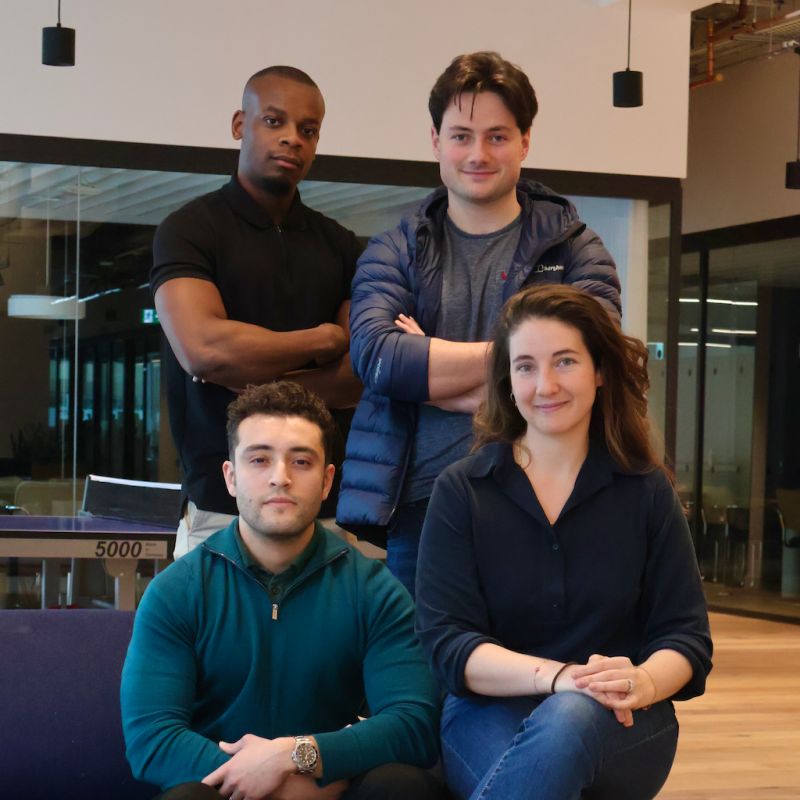Annette Reavis: Diversity Is Not Just What We See
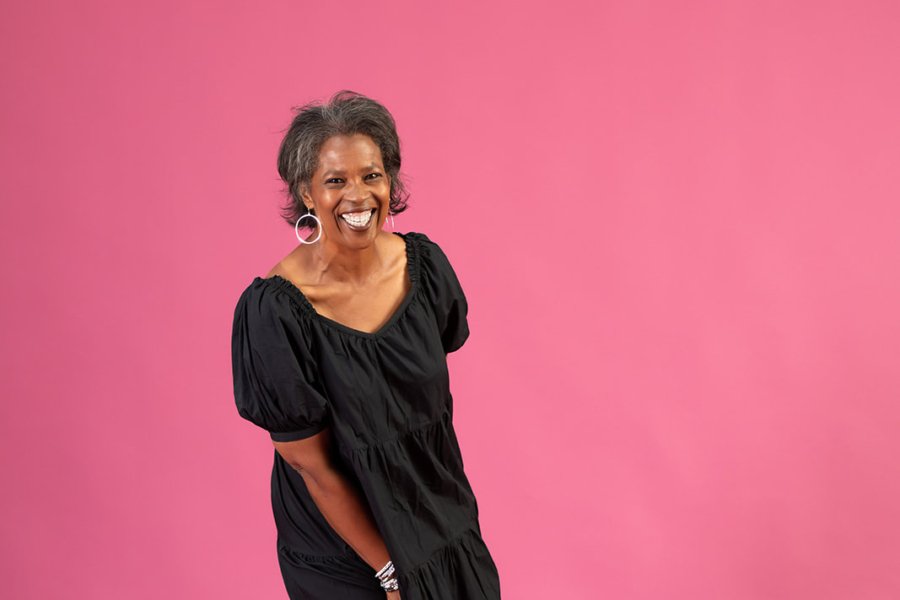
Key Takeaways
- Relationships are at the heart of HR and people work. Oftentimes, you have to do things that don’t scale to drive change in an organization.
- Companies should work on getting people back into the office. It’s challenging to build genuine relationships in a remote workplace and it may be turning us into an “I community”.
- The best training happens on the job and with scenario based learning.
We are thrilled to continue our new People Matter series with Annette Reavis. Annette was most recently the Chief People Officer (CPO) at Envoy. Before that, she was the CPO at Athoss and Root and spent over 10 years at Facebook (now Meta) as a HR Business Partner helping the company scale from 1,400 to over 40,000 employees.
In this interview, Annette shares her perspectives on what it takes to build and scale great teams, the importance of in-person connection, and what makes for a great training. As it turns out, as much as we want to turn to technology to solve some of our greatest challenges, we cannot forget that relationships have to be at the heart of people work.
This interview has been edited for clarity and brevity.
Can you share your journey into HR and why you chose to build a career in this field?
I started my career as a tax accountant. I was in public accounting for about 10 years and I loved it. I stayed at my firm because I wanted to be a partner. But when I realized they were never going to make a Black woman a partner, I knew it wasn’t the place for me. The ceiling was made of metal, not even glass.
So I left and went into industry, but I didn’t love that. I loved working with clients, not necessarily the day to day of accounting. Really working with and serving people is my secret sauce which laid the foundation for my success in HR business partner work.
I did HR work at Deloitte, Yahoo and HP, and then eventually joined Facebook, where I spent 10 years. I feel lucky that I was the only HR business partner who supported both business and product teams at the same time. I worked across the organization and could be really strategic, because I saw the whole picture of the business.
After a decade, I actually planned to move to Hawaii and retire, but a friend called and said there was a company in Columbus, Ohio that needed me. My first day was in March 2020, so as you can imagine my job was to get everyone home and help the transition into a remote workplace. We did some great work, helping people stay engaged during COVID, making sure they were safe, and they had what they needed. I also helped the company go public from July to October.
For those who are less versed in HR, what exactly does a HR business partner do?
An HR business partner is a partner to the business, which includes all the individual contributors (ICs), managers, and senior leaders. When I think of a HR business partner, it’s full stack HR. I spent as much time as needed with brand new ICs as well as senior leaders. In my job at Facebook I supported five leaders across the business, including the VP of Growth, VP of Ops, Chief Marketing officer, Chief Product Officer, and VP of Partnerships. And I helped them with a range of things, including org design and making sure we have the right people, in the right place, at the right time.
My work included supporting performance management, diversity and inclusion, and general coaching. My secret sauce was around mentorship and coaching and taking leaders from good to great, and great to greater. As a HR business partner, I really focused less on processes, and systems. My strength is around getting those leaders to greatness and I’m really proud of the work I did there.
Let’s dig into this concept of going from good to great and great to greater. When you start working with a team, how do you think about initially getting to know them, understanding their areas for growth, and what they need to get there?
The first thing I do is spend time with people. One of my favorite stories is about someone who is now a very senior leader at Facebook, but when I met him he was a manager. I told him we were going to sit down every two weeks and we’re going through what was happening on his team, what he was feeling, and even down to what was his agenda for his staff meeting. His initial reaction was “Why?” and I asked him to just give me a month.
After a month, I talked to him every single day for 10 years. I was able to do that because I understood him, his business, and his people. To me, that is the key. I use the word full stack, because it’s really about all of those different layers.
One of the things I dislike about other large companies is that often only senior leaders got a dedicated human for support. Everyone else had to call or wait in line to get help. That’s not how I think of HR business partnering. If an IC wants to sit and talk about their career, we’re going to do that. If a VP is having a stressful day and needs to talk through strategy and his/her team, we’re going to do that because that is how you understand everybody in the stack and you can be proactive with a leader.
Can you share one or two initiatives or practices from your time at Facebook that really helped a team improve?
Engagement surveys are great, but the key to them is asking the right questions and doing the right follow-up. So, for example, there was an engagement survey with a question that asked: “Do you spend most of your time doing work that you love?” and we defined most of your time as 70%. So the first thing was, how do you know it’s really 70% vs 50%? So what I implemented with the people on the teams that were low-scoring is that everyday I’d have them jot down just a few notes on what brought them joy that day and what brought them stress. That way people could actually track these things and, eventually, scores went up.
There are a lot of things you don’t actually think of when you’re doing an engagement survey. You might’ve had a terrible day the day before, so that colors your answer. But if you track what you’re doing over time, people can put more thought behind that score.
Another program I’m really proud of was around inclusion. Facebook cared deeply about diversity. Too often diversity is about bringing talent in and what I would always say, especially as a woman of color, is if you don’t keep the talent, it doesn’t matter. And if they don’t feel included, it really doesn’t matter.
I met this fantastic expert on an airplane and we eventually collaborated on building an inclusion training for Facebook, which I’m still extremely proud of. Because it helped people understand diversity is not just what we see – it’s where we grew up, how we think, how our parents were, and so many other parts. And it really helped managers open their eyes so they could see around the table and listen versus just saying: “Okay, now I have someone who looks different.”
People Matters: Annette Reavis on What Really Matters for Diversity and Inclusion from Reach Capital on Vimeo.
It sounds like you were the glue across these teams and you did a lot of things that didn’t scale. That said, a lot of the emphasis today is around trying to help HR leaders scale their efforts, which may sometimes have the unintended consequence of losing that relationship-oriented approach. What do you think of this tension?
You have to find a balance. Over time, I had a team to help accomplish a lot of this work as the company scaled. But we tried not to lose sight of building those important relationships.
I think a lot of companies wouldn’t have some of the problems they have now if they had taken a more relationship-oriented approach. Had they gotten to know the people they had and didn’t let managers overhire. I mean look at these layoffs — they don’t make sense to me. That tells me there wasn’t an effective HR business partner function that understood the team and said: “Wait, why are you hiring this extra person?”
I do think scale is important, but if you lose sight of knowing the people, I believe we end up where we are today.
When you think about the most effective trainings you’ve helped deliver, what are some common attributes across them?
I think the best training is around situational leadership and really giving people the opportunity to practice. So if a certain situation happened, what would they do? The thing about trainings is that they are often one-size-fits-all, but for many of the challenges teams face there isn’t just one way.
The best training though is on the job and really trying to help people work with different managers and leaders. We wanted our employees to be better, smarter, and to learn more. And that it was okay to make a mistake. So really the best foundation for training was to move them around the organization to help them understand and learn more.
So much of what you’ve shared around great learning feels it’s best done in-person. But we’re increasingly moving into a remote work world. Do you have any ideas on how to recreate some of that learning when a company may be hybrid or remote?
I don’t think it’s possible. I don’t think it’s possible when you don’t already know the people.
At the companies I’ve been, it happens amongst the teams that already know each other and have worked together. It’s much tougher for the new people who are coming in. They have a different relationship and so it becomes much more transactional and it’s harder to get to know people. Everyone being at home has turned us into an “I community” — “I want to do this, I don’t want to commute, I don’t want to leave my house, I don’t, I don’t, I don’t…”
I have two boys – one who graduated college last year and another who is a sophomore in college. I think about when the sophomore graduates, what is his world going to be like? Will he sit at his house on a computer? How will he meet people and build relationships?
I just think there is a lot that is missing in a remote world and I’m hopeful that someone will figure out how to get people back in the office.
In the past few years you transitioned from a HR business partner to a Chief People Officer. Can you share how those two roles different?
The biggest difference is when I was a HR business partner, I was working across the organization just to solve problems and coach people all day long. That’s really the core of what I did.
As a CPO, it was much more about operations. Making sure people got paid, having a team of HR business partners who are coaching leaders, building effective L&D…I would say that I had a way bigger impact on the business, the world, and my legacy being an HR business partner.
Part of that is the size of the company. But more importantly, it’s who I’m spending my time with. And I was just carrying the water among all those leaders.
When you’re not thinking about HR, how do you enjoy your time?
I have two boys and I spend a lot of time thinking about them and helping them be successful in the world. I read romance novels, which I love. I also joined Weight Watchers and have been on a journey of taking care of me.
I walk with friends and really just try to see people as much as possible. I’m a connector and need to be around humans to get energy.
So: seeing friends, taking care of my boys, and reading really trashy novels!

